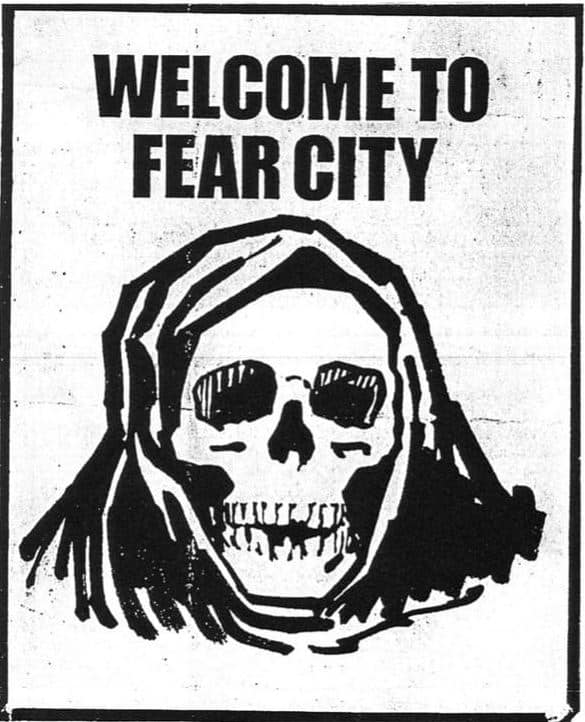
The main difficulty with fear appeals are that they are least effective among those people who most need to change their behaviour. Less risky people who are already motivated to behave safely are more likely to accept the fear appeal message. In contrast, for the higher risk road users, fear appeals tend to invoke defensive mechanisms like:
- denial (“that is not true”)
- ridiculing the message (“as if that would happen”)
- neutralising (“it won’t happen to me”) or
- minimising (“that message is exaggerated”)
Some of the research:
- De Hoog, N., Stroebe, W. & De Wit, J. (2005) The impact of fear appeals on processing and acceptance of action recommendations, Personality and Social Psychology Bulletin, vol. 31.
- Lewis, I., Watson, B. & Tay, R. (2007) Examining the effectiveness of physical threats in road safety advertising: The role of the third-person effect, gender, and age. Transportation Research Part F: Traffic Psychology and Behaviour, vol. 10.
- Ruiter, R., Abraham, C. & Kok, G. (2001) Scary warning and rational precautions: a review of the psychology of fear appeals, Psychology & Health, vol. 16.
- SWOV (2011) Fear-based information campaigns Fact Sheet
Image source: NYPD 1975
